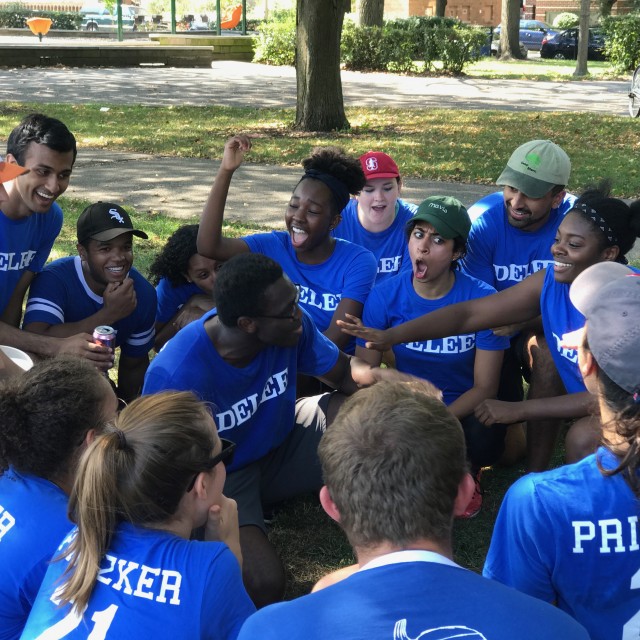

Admissions
Entering Class Profile
At the University of Chicago Pritzker School of Medicine, our entering class of students represents the infinite potential of future U.S. healthcare providers.
The 91 students who make up our entering class represent 50 different colleges and universities. They have pursued courses of study and academic interests in diverse disciplines including the biological sciences, economics, chemical engineering, sociology, government, and more.
84% took one or more years between receiving their undergraduate degree and beginning medical school, in pursuits as varied as teaching, graduate degrees, scribing, business, and research.
Learn more about our class below, and browse our student profiles to learn more about the student experience at Pritzker.